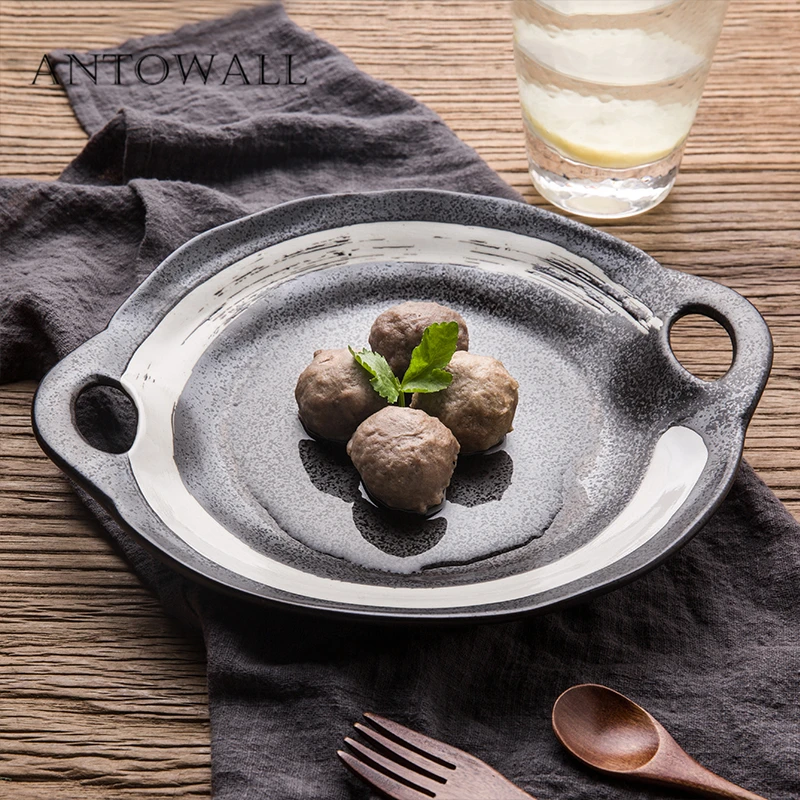Table of Content
The metal coil and thermocouple are responsible for heating and measuring the temperature of the kiln, respectively. Every piece of electric equipment has a rated value of current, voltage, power, and temperature. Rated values are defined based on the tolerance limit of a particular appliance, and you should never operate a machine beyond its rated capacity. You should be cautious even in the cooling phase of the kiln because although the temperature isn’t hundreds of degrees, it’s still enough to get burned. Moreover, kilns radiate a substantial amount of heat and light, and it’ll hurt your eyes if you see them without wearing the proper protective gear. The result won’t only be a waste of your effort, but it can damage the internal lining of the kiln or components like the thermocouple and your heating elements.
You can prop the lid open about an inch to vent, but you should never open the lid of an operating kiln. Because kilns reach a high temperature during heating, getting in contact with it during this process will increase your chances of being hurt. The temperature readings give you an idea of the progression of the heating process inside the kiln.
Controller Type
Please make sure that your kiln is away from anything burnable. And to be honest, you might get away with putting it a little closer to the walls. And now we’ve reached the conclusion where I am going to give you one solid suggestion to the kiln that I would have bought. If I were a new person who had all those things and the knowledge that I have now, I would have absolutely bought the Skutt KM-818.

These correspond to earthenware, stoneware, and porcelain. Skutt is credited with developing the first lightweight kiln intended for home potters in 1953. While 60 years have passed, the company has remained dedicated to bringing professional quality products to the hobbyist clay artisan. Mini kilns are great for firing beads, doll parts, test items, and other small pieces. While the top-loading design may be more difficult to load and unload, these kilns are by far the most popular on the market today.
What Is the Difference Between a Gas and Electric Kiln
Have you considered where you are going to keep the kiln? Assuming you have sufficient room in your home, this thought wouldn’t pose a big issue. However, when your home studio can be described as homey, we advise you to refrain from using kilns that are too bulky. Though, their unpredictability results in inconsistent outcomes. The use of gas kilns creates unique miracles and original designs, but they never ensure a uniform result.
Therefore, you will have to identify the opportunities for any product based on the kind of work you wish to perform. But this doesn’t imply for you to reject it as trashy, completely the contrary. Paragon has designed the most ideal piece of equipment for first-time potters or anyone who simply has no room at home for an industrial-size kiln. Achieving lacquer effects is even simpler, as the Rapidfire kiln can get up to 2200 degrees. Thanks to the hotter temperature, you will be able to fire the majority of clays and glazes. It uses cutting-edge technology to evenly spread the heat.
What Types of Glaze Will You Be Using
A 23” x 27” kiln is the most common size of kiln purchased, and is intended for the average potter, while a 29” x 27” kiln is best for large production use. Benefits of increased size and more versatile capabilities make it worth the increase in price. Duncan is no longer manufacturing kilns, but they can often be found used at very reasonable prices. If you buy one and need parts or manuals, they can be sourced through Paragon’s technical department. Paragon’s controllers offer some of the most detailed programmability available but can be a little intimidating to newer users.
This gives you more flexibility in your work and the clays and glazes you’ll use. If you’re using the cones in the kiln, the temperature of that cone (such as the cone 10 at 2350°F) is when it melts. Once that cone starts melting, you know your clay has reached a point where it’s finished firing. Although pottery may seem like it’s all made with the same clay to a beginner, there are several different types of clay, and each type has its own firing temperature. For most home pottery operations, a small kiln will do just fine, especially if you’re just getting started. You may only be able to fit one or two pieces at a time , but you can find a reasonable kiln at a smaller size for under $1,000.
Our last option comes from another reputable pottery kiln brand, Skutt. This FireBox model is another great option for any beginning potter. However, this is still plenty of power and heat to fire any earthenware pottery, and the smaller size makes this a great option for smaller pottery projects. The inner chamber for this model measures 8” x 8” x 9”, bumping you up to 0.33 cubic feet of space. The outer dimensions are 17.5” x 17” x 22”, making this kiln only a little wider but significantly taller than the other Olympic model.

The electric controller is easy to use and comes with several cone fire programs to choose from. To determine more clearly what size of kiln your project needs, you will first have to approximate the dimensions of the pieces you’re creating. Also, the more pieces you need to fire up simultaneously, the more kiln space you need.
If you feel this isn’t sufficient for your needs, then perhaps the AMACO EX-353-SF would, with its pretty large 5.25 cubic feet firing chamber. They also aid in the removal of all of the moisture that is expelled from the clay. Up to 9″ x 11″ – It is perfect for firing beads and smaller items, as well as serving as a test kiln. Electric kilns generally produce brighter colors, while gas kilns produce more earthy, muted hues because of their oxidation environment . Soul Ceramics filled the order quickly, and I had my new machine in 3 days.
If you should run into any problems, you can contact Skutt online, and they will help you with diagnostics as can view your data. If you have an electric ceramic kiln in your home, you will almost certainly require a kiln vent. Some gases are produced, particularly during the bisque firing, that you must avoid breathing. Keep in mind that the kiln’s overall dimensions are far more than the size of its internal firing chamber. Ceramic kilns are constructed with thick walls of insulation to keep in the heat.
Vacuum your kiln after every bisque firing to clear out the dirt or other residues that might remain inside the kiln. Also, don’t forget to clean the lid because the remnants on the cover can fall on your ware the next time you use your kiln. If you operate your kiln above the rated values, the metal coils might melt, or the thermocouple might break.


No comments:
Post a Comment